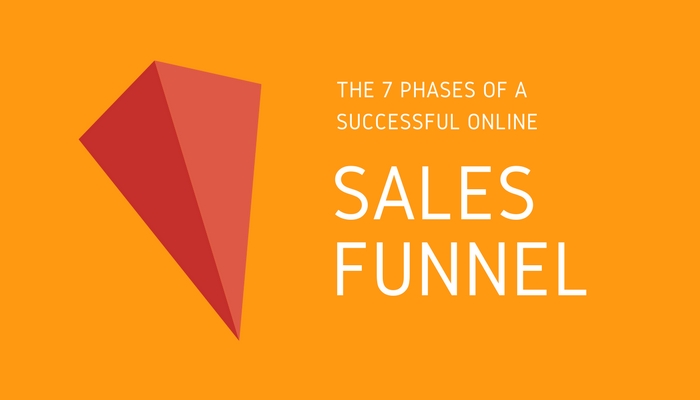I have recently been reading one of the greatest books about digital marketing I have encountered so far Dotcom Secrets by Russel Brunson. One of the parts I liked best is his strategy when it comes to creating an online business funnel. Here are the phases he identified:
Phase 1.
Determine traffic temperature. Here he talks about the three types of online traffic in the funnel – hot, cold and warm. It’s interesting that he identifies people who clicked on a PPC ad as cold traffic. According to his approach they must be “pre-framed”, i.e. they must get a very positive introduction about what your business is about and in any case not called, emailed or pushed to do anything. The warm traffic is what comes from affiliates and other referrals – they associate you with the website which referred you, so they tend to have a positive “pre-frame” about you already. Ant the hot traffic is your email list, they sign up for your events, they read your blog and follow your social media.
Phase 2.
Set up a pre-frame bridge. This is the way you approach each of the different types of traffic – you can call it segmentation, too. With hot traffic, you can be very direct, as they already know you, like you, trust you. Warm traffic needs a little bit more care, usually an endorsement by someone they know – email, video feature, etc. Cold traffic is the hardest to convert. With people who hardly know about your business you must make sure you talk to them in a language they understand. Simple things like vocabulary choice. Another way is directing them to a testimonial online – blog article or a YouTube video of a success story.
Phase 3.
Qualify Subscribers. Once you have determined how to communicate with each type of traffic, you direct them to a page where they can enter your email list(top of the funnel). The page usually offers free valuable information and they get it in exchange of they email. To learn more about this strategy, check my course on Udemy.com.
Phase 4.
Qualify Buyers. After people subscribe to the list you give them an opportunity to purchase something from you as quickly as possible. Russell Brunson recommends doing it directly on the thank you page, to which users are redirected after signing up to a mailing list. Offering a relatively cheap product (free+shipping cost) you can identify the people who are typical buyers. If they buy from you once they would be likely to respond well to another offer from you in the future.
Phase 5.
Identify the hyperactive buyers. These are people in pain, who are desperately trying to solve a problem. For example, someone trying to learn a new sport would be willing to buy different accessories, books, everything they can get their hands on while they are still excited.
Phase 6.
Age and ascend the relationship. After you have sold some products to your buyers you must think of a higher-value offer on a later stage. Usually you would allow them to spend more time with the products they already bought. Only then you offer something more expensive like a live seminar or conference ticket or a private mentorship scheme.
Phase 7.
Change the selling environment. More expensive products are not likely to be sold online, so you can change the approach in this case. Live events, phone call, direct mail could be some of the options for this lower part of your funnel. Remember, these can be used on people who have already made some purchases from you and have more trust in your products.

